Ubuntu 16.04 LTS was released last week and I wanted to try it out soon. As I just gave away my home PC and I couldn’t close applications running on my laptop, I had no choice but to try it out in a virtual machine. I just wanted to see if it works properly, loads everything, and PHP 7, of course.
I started VirtualBox, created a machine, and loaded the Ubuntu 16.04 x64 Desktop ISO. I have written another post with detailed instructions to do this with Ubuntu 14.04 and the steps are mostly the same. Main difference is that I will be loading a 16.04 desktop ISO instead of a 14.04 server ISO.
Installing Ubuntu
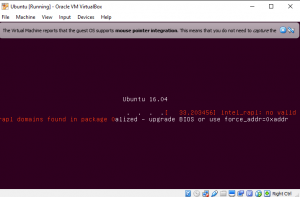
Unless you are just trying it out (like I am), you would want to install this on your system. You can use something like UNetbootin to write the ISO to a flash drive and making it bootable. Boot using the flash drive and you should see a screen like on the left. It takes a few moments to load everything for the live CD.
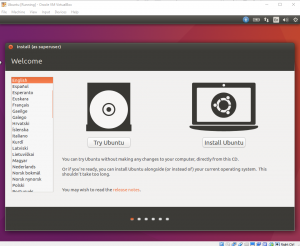
You should eventually see a desktop screen and a dialog box to allow you to install Ubuntu. At this point, if you just want to try out Ubuntu and what it comes with by default, you may just click on ‘Try Ubuntu’ and get a completely usable operating system. This is also great if you are locked out of your system and need to use tools to recover your operating system. If you want to install, just click on the install button.
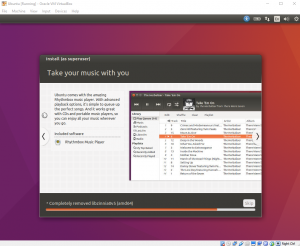
You will be asked a few questions on how to set up the system. If you are not using your machine with any other operating system, you can let Ubuntu automatically partition everything (this is the default option). If you want a dual boot system, you can select that option and select the partitions as well. You will also be able to select few other settings like encrypting the home directory and your timezone. At the end of this, the system will proceed with the installation, which takes a surprisingly short amount of time. I was running it in a VM with 4 GB RAM and I barely noticed the time it took to install. On a bare system, it should be even quicker.
The Desktop
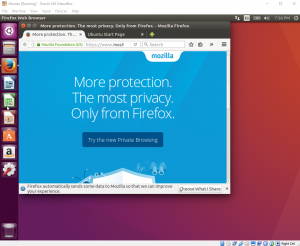
After a restart (remember to remove the USB drive), you will be greeted with the familiar Ubuntu desktop. It comes with Firefox, LibreOffice 5, and many other tools.
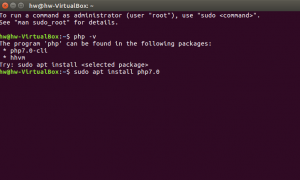
What I really wanted to see was PHP 7. I quickly started the terminal (I still love the terminal in Ubuntu and miss it) and ran `php`. It seems it does not come with PHP 7 pre-installed but that is an easy thing to fix. Just run `sudo apt-get install php7.0 and everything necessary will be installed. You still need to install Apache or NGINX for a web server.
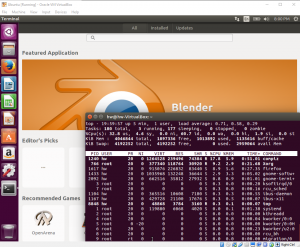
I also wanted to see how the system performed. I randomly opened several applications like LibreOffice Spreadsheet and documents, Firefox, Software Center and ran `top`. It showed a modest 1 GB RAM usage out of 4 GB (also 0 swap), which is very good.
Conclusion
I am looking forward to trying it on desktop once I free up my main work laptop or get another spare one. Even in a virtual machine, the OS was a little sluggish but completely usable. I was particularly impressed with the memory usage and I hope it holds up in real world usage. My main problem with Ubuntu (and Mint) in the past was that it didn’t hold up when I have even 10 tabs open in Chrome. I didn’t have that problem in Windows and I regularly have 30-40 tabs open and many other applications running. I didn’t try this scenario out in the virtual machine and will do when I get a chance.
What did you think about Ubuntu 16.04? Personally, I am more interested in the server and will write about it soon. Let me know your thoughts in the comments.
UPDATE: I have written about upgrading to Ubuntu Server 16.04 in a separate post.
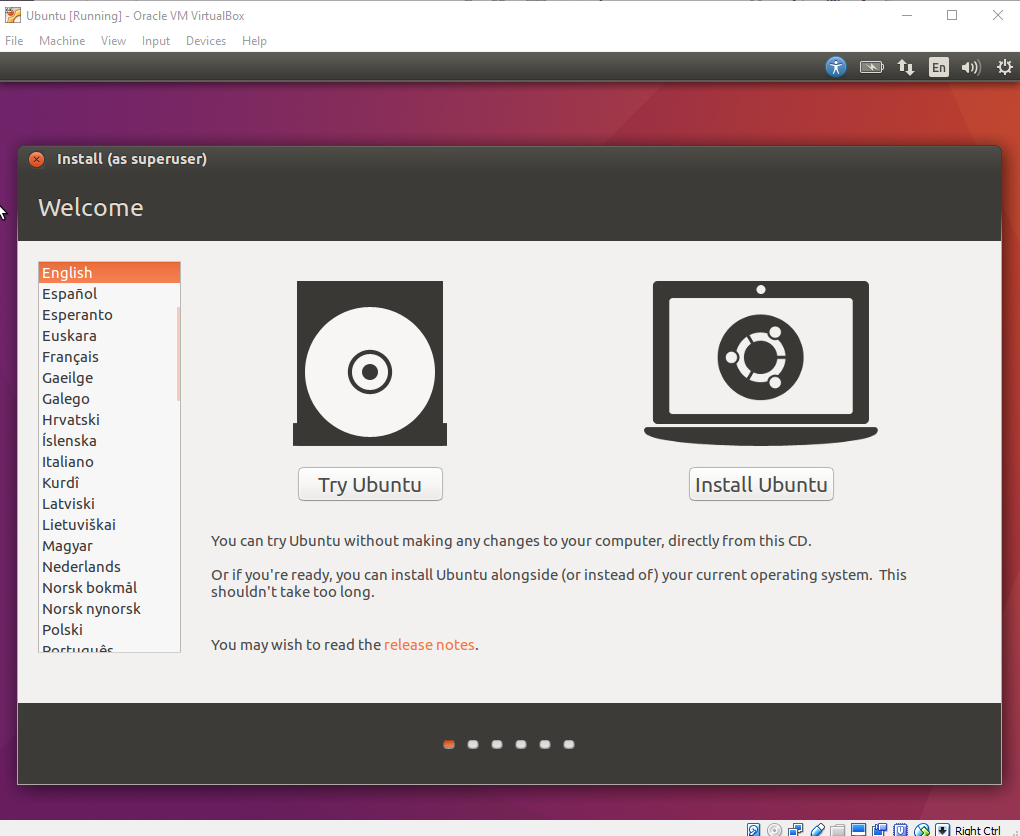






Leave a Reply